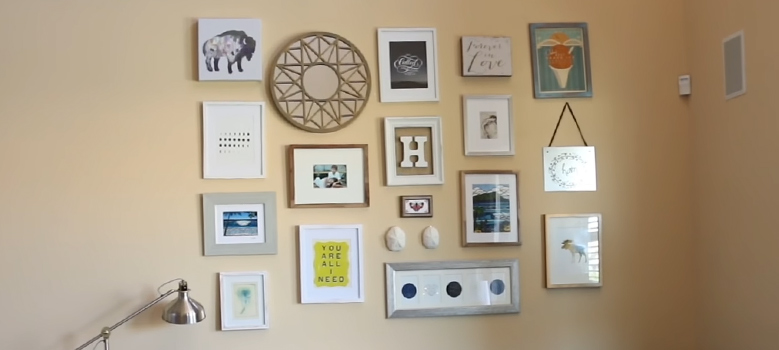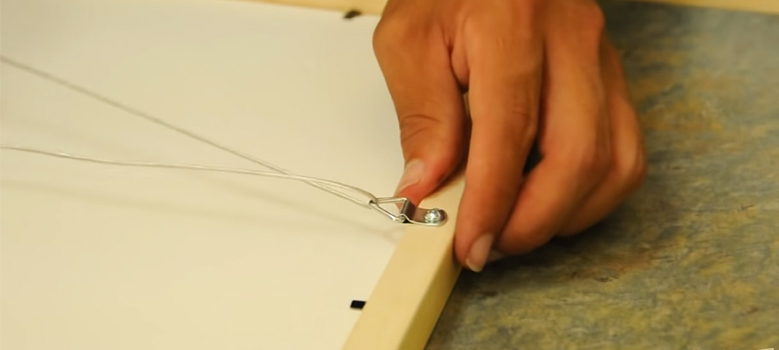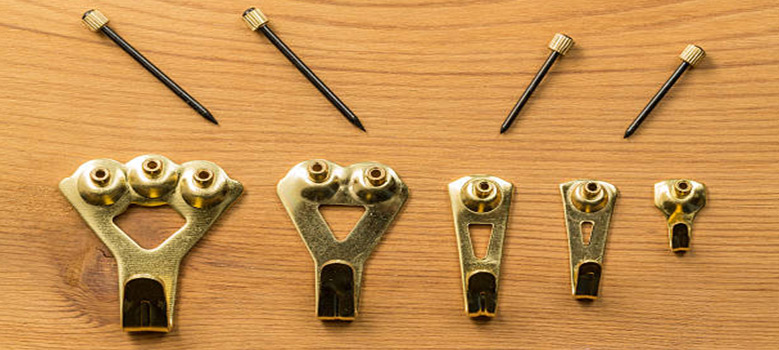Putting up door trim not only adds style to a room, it also covers flaws and gaps between the door frame and wall. But installing trim on uneven walls can be tricky to get that perfect seamless look. With some preparation and technique, you can achieve beautiful results.
Read on as we explain how to install door trim with uneven walls, troubleshoot some of the related issues and answer some of the most commonly asked questions regarding this.
Step-by-Step Guide: Installing Door Trim on Uneven Walls
Tools and Materials
- Cordless drill with driver bits
- Cordless nailer
- Flat prybar
- Clean towel or cloth
- Utility knife
- Hammer
- 5-in-1 tool
- Drywall screws, 1 5/8-inch
- Painter’s caulk
- Miter box
- Miter saw
- Wood shim
- 2-inch finishing nails
- Hole punch
- Wood filler
- Pencil
Procedure
Remove the Old Trim:
Gently pry away the existing door trim, starting from the wall side. Protect the wall with a cloth under the prybar’s fulcrum.
Drywall Check-Up:
Ensure the drywall is securely fastened to the stud. Drive additional drywall screws if necessary, securing any loose areas.
Precision Cut and Test:
Slice the drywall paper using the trim as a guide, testing the depth to ensure seamless alignment. Use the miter saw and miter box for precise 45-degree angle cuts.
Gypsum Adjustment:
Create a pocket in the drywall for the trim to snugly fit, ensuring a polished appearance. Scrape away excess gypsum carefully to maintain uniform depth.
Caulk and Completion:
Nail the door trim back into place, applying painter’s caulk for a flawless finish. Use a hole punch to ensure even and proper caulk application.
Common Problems and Solutions
Below are some common problems and solutions when installing door trim:
Tight Spaces on One Side
Problem: Minimal room available for trim on one side of the door.
Solution: Narrow down the trim on the affected side, considering precision cuts for a harmonious appearance. Use a miter saw and a miter box for accurate 45-degree angles, ensuring a snug fit.
Door Jamb Protrusion Woes
Problem: Dealing with a door jamb sticking out beyond the wall.
Solution: Narrow the door frame or introduce an additional molding piece strategically to cleverly conceal the gap. Verify compliance with building codes to avoid violations.
Gaps Between Door Jamb and Frame
Problem: Gaps between the door jamb and frame lead to functionality issues and unwanted drafts.
Solution: Ensure the drywall sits flush with the door jamb to prevent unwarranted gaps. Use shims, if necessary, to align the door jamb properly.
Margin Gaps Between Door and Trim
Problem: Coping with a margin gap at the bottom corner of the door.
Solution: Weatherstripping is ideal for drafty doors, while a door gap seal sticker effectively addresses light gaps. Apply these solutions promptly for a quick and efficient fix.
Tackling Uneven Walls
Shims
Strategy: Introduce shims or slender wood wedges to fill gaps between the trim and obstinate drywall.
Outcome: Shims level the playing field and add an extra layer to the door frame, enhancing overall stability. Cut any excess carefully to maintain a polished appearance.
Drywall Manipulation
Strategy: Create a slight depression or pocket in the drywall to allow the trim to snugly nestle into the wall.
Outcome: This maneuver works wonders for trim misalignments of up to 1/4 inch. Be meticulous to avoid excessive sinking, which may lead to visibility issues when other trim sections are not recessed.
How extensive can wood filler address gaps?
Wood filler is effective for gaps up to just under 1/2 inch (about 3/8th of an inch) without compromising surface integrity. Select an appropriate wood filler color for a seamless blend.
Why does a door frame pull away from the wall?
A door frame pulling away may indicate home shifts, foundation concerns, or wood reacting to temperature or humidity. Regular inspections are essential to identify and address underlying issues.
Can caulk substitute for wood filler?
Caulk serves as a reliable alternative for filling gaps or cracks in frames and trims. Choose a clear caulk for versatile application and easy paintability.
How to distinguish wood putty from wood filler?
Wood filler, thicker, handles significant gaps, while putty, thinner, excels in filling nail holes or small gaps between wood pieces. Wood filler can be sanded when hardened, unlike putty.





